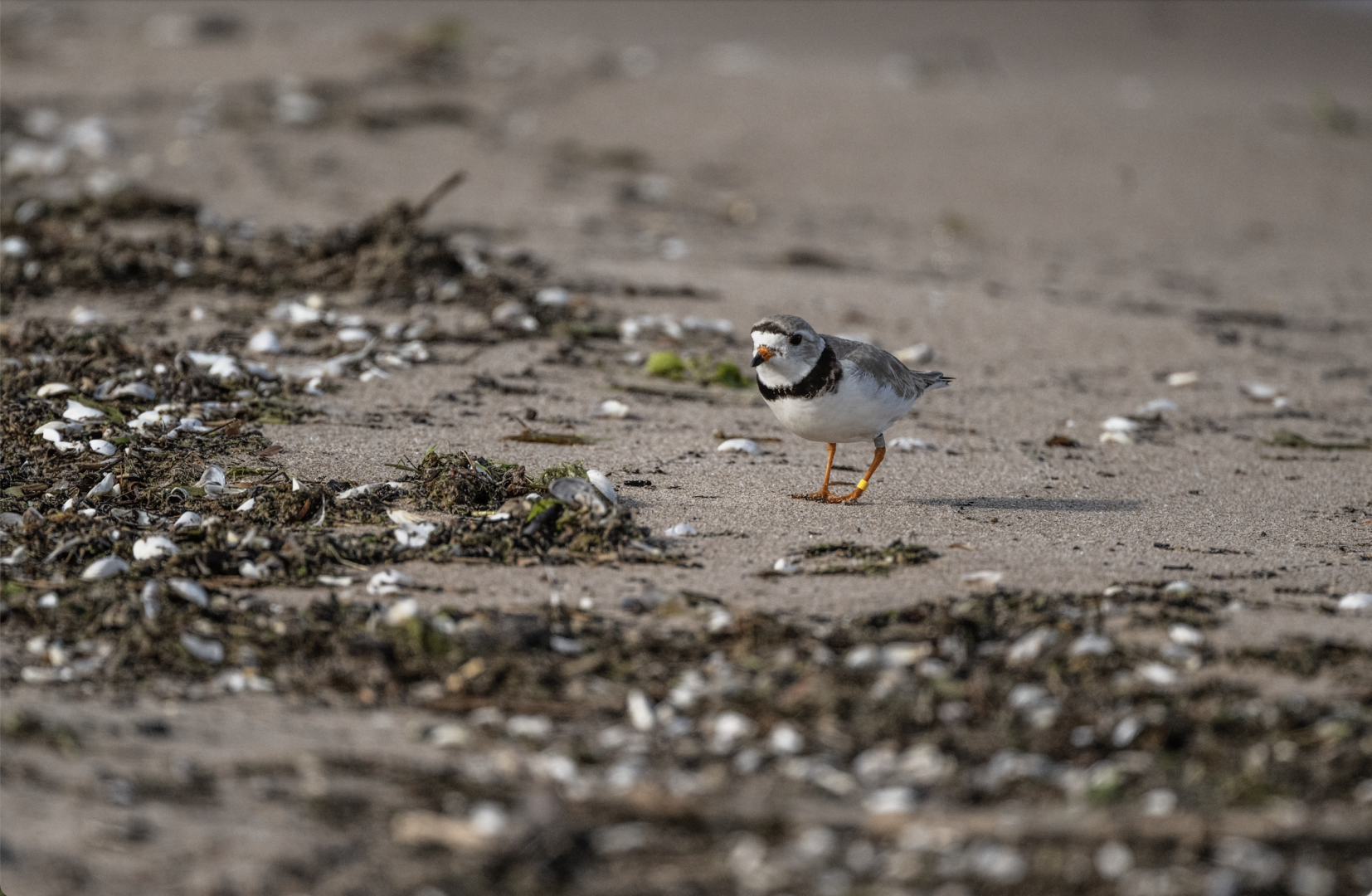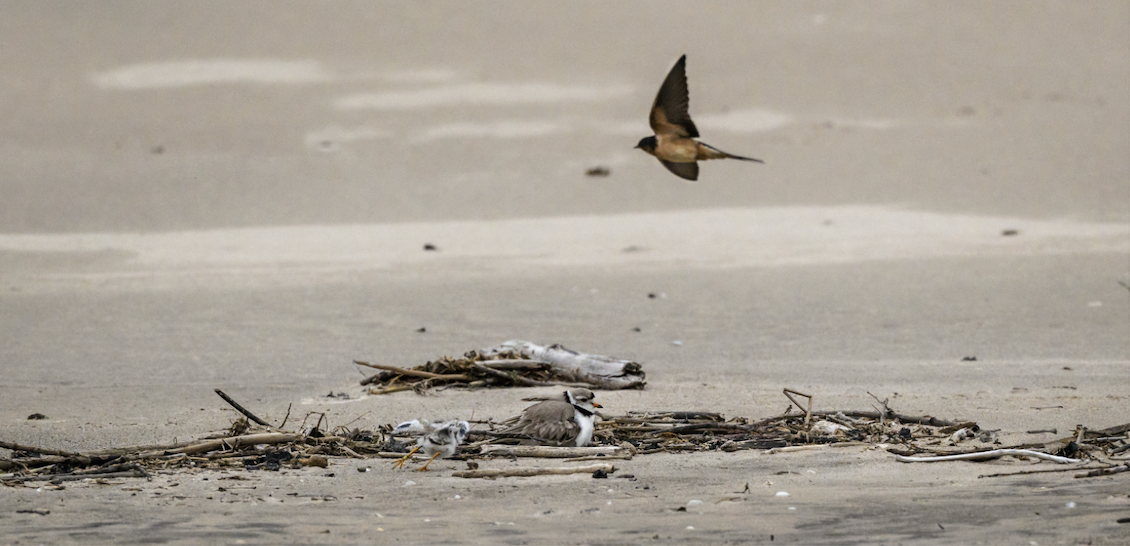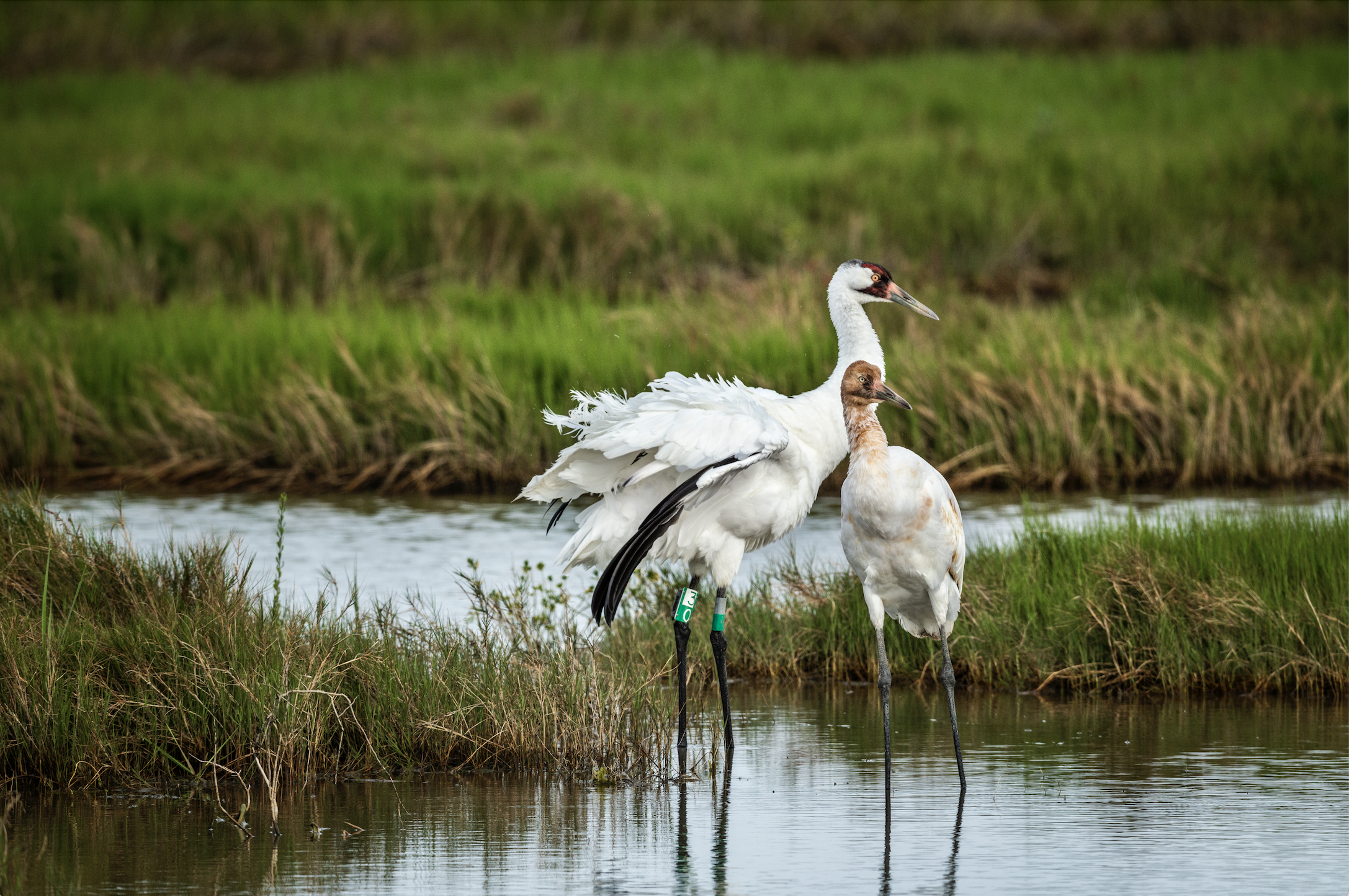
Additional Content
Below you can find all the works in Patterns & Parallels that have a QR code attached to them within the exhibition.
Just click on the image thumbnail to access the web pages to learn more about the image itself, featured species, and their life-sustaining habitats!
Whooping Crane (Grus americana)
One of North America’s most emblematic endangered bird species, the Whooping Crane has narrowly escaped extinction caused by negative human impact. From a recorded low of 16 birds in the 1940’s, the migratory, wild Aransas Wood Buffalo National Park population is recovering through international pioneering conservation efforts, to over 500 “Whoopers”.
These cranes are omnivores (eat plants and animals) that find food in the patchwork of wetlands in Wood Buffalo National Park in Canada, secret stopovers on the vast agricultural lands of the Canadian Prairies, the banks of the winding Platte River in Nebraska, textured salt plains in Oklahoma, and their winter home on and near the protected wetlands of Aransas National Wildlife Refuge, on the Texas coast of the Gulf of Mexico. Although their life cycle is becoming more well-known, which promotes their protection, conservation of their requisite habitats especially during the window of migration, will help this tallest of North American birds to survive.
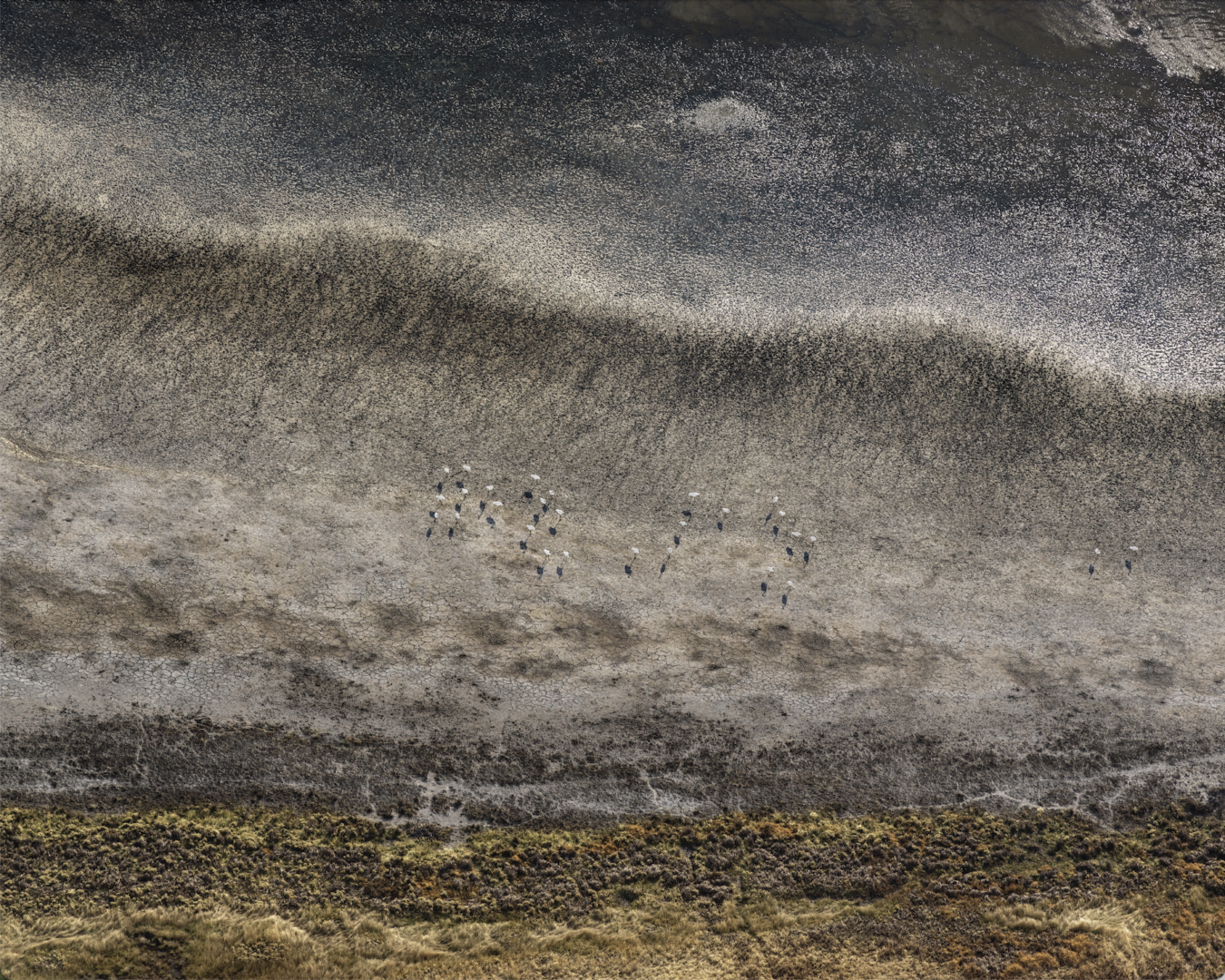
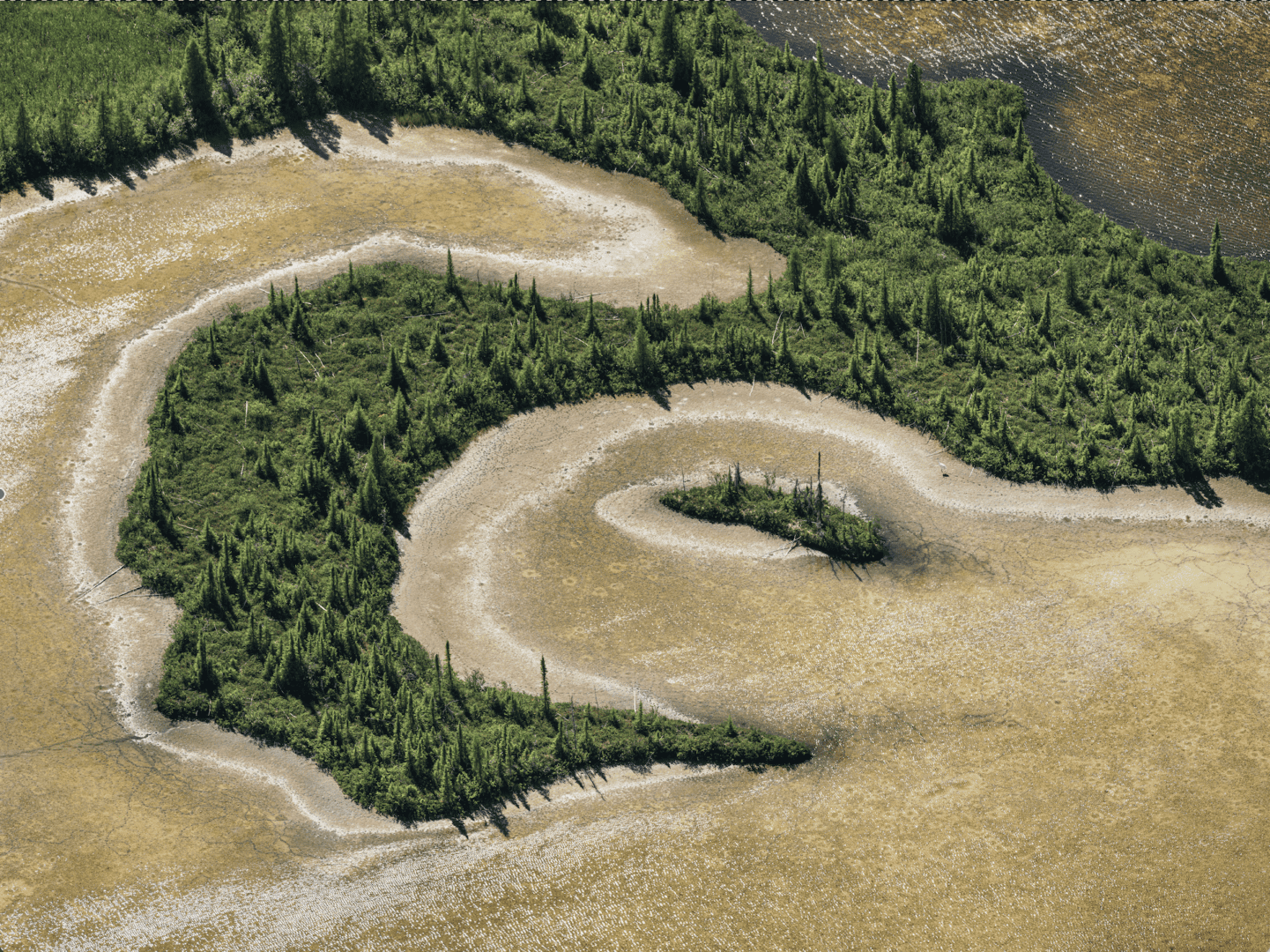
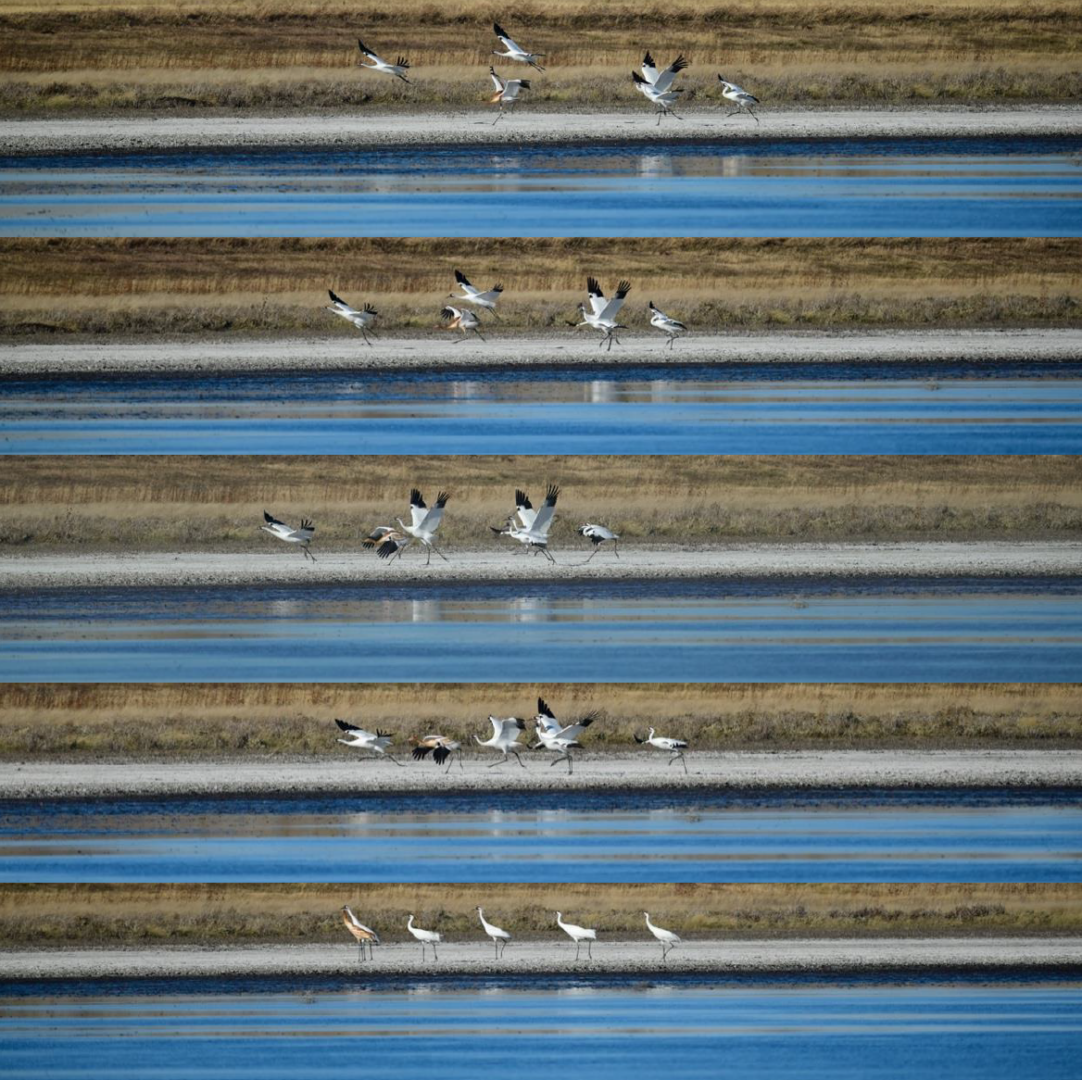

Lesser Flamingo (Phoeniconaias minor)
The flamingo’s signature pink plumage seen from sky and surface distinguishes even the smallest member of the flamingo family (Phoenicopteridae). The social, group behaviour of the Lesser Flamingo is a necessity for its survival, from breeding to feeding. The near-threatened population of Lesser Flamingos along the East African Rift Valley will spend most of its life only on a few select lakes, from northern Tanzania though eastern Kenya. Nomadic, migratory journeys between these soda water oases are made when changes in the local environment diminish their food source, and for breeding.
What is inhospitable to nearly all other wildlife is idyllic to Lesser Flamingos. They nest in searing hot temperatures and feed in salty waters, habitats intolerable to most predators. With the water demands of ever-increasing human development, water level and quality continue to impact these unique habitats and the sustainability of the bird also known as the Phoenix.
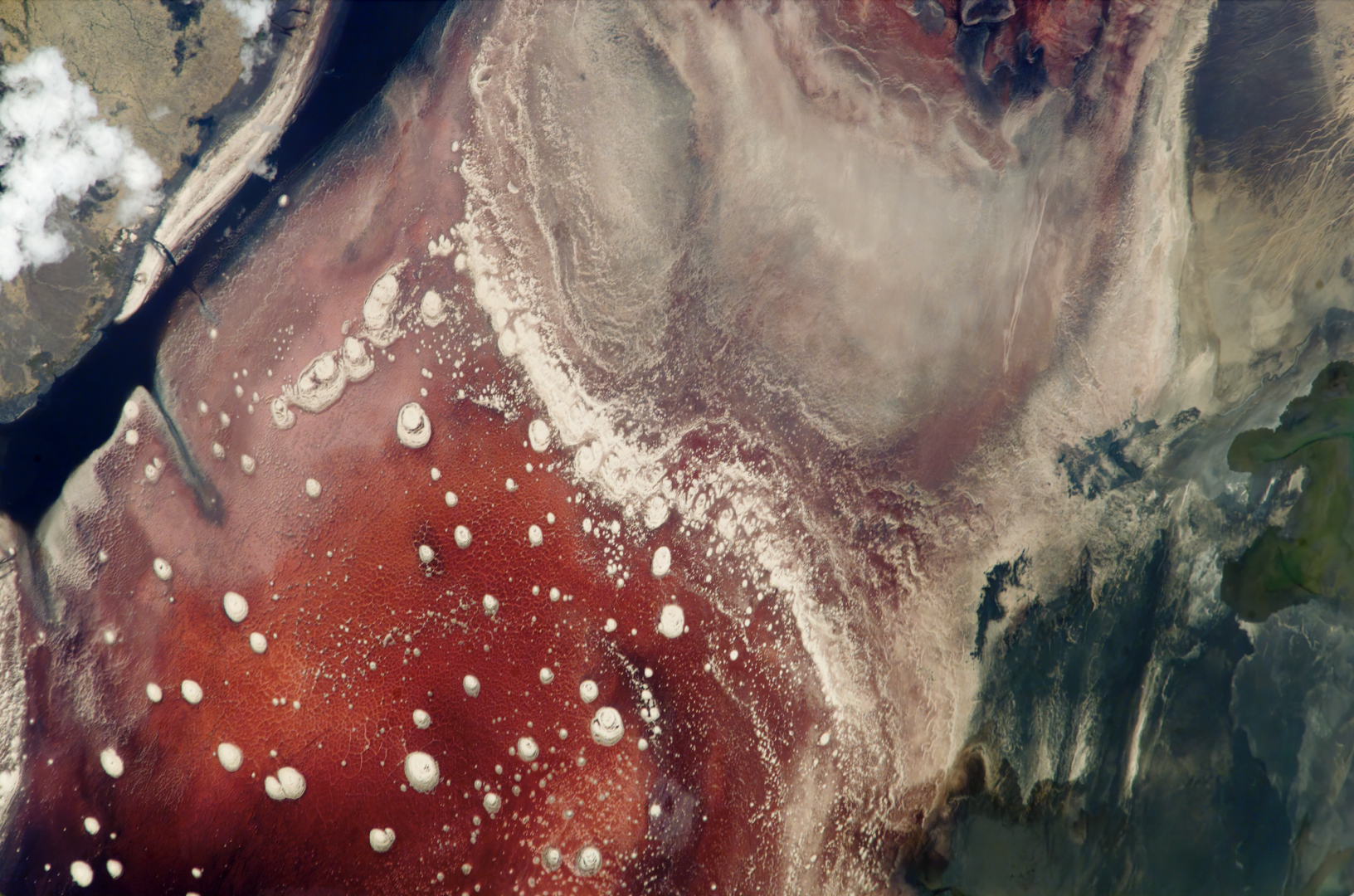
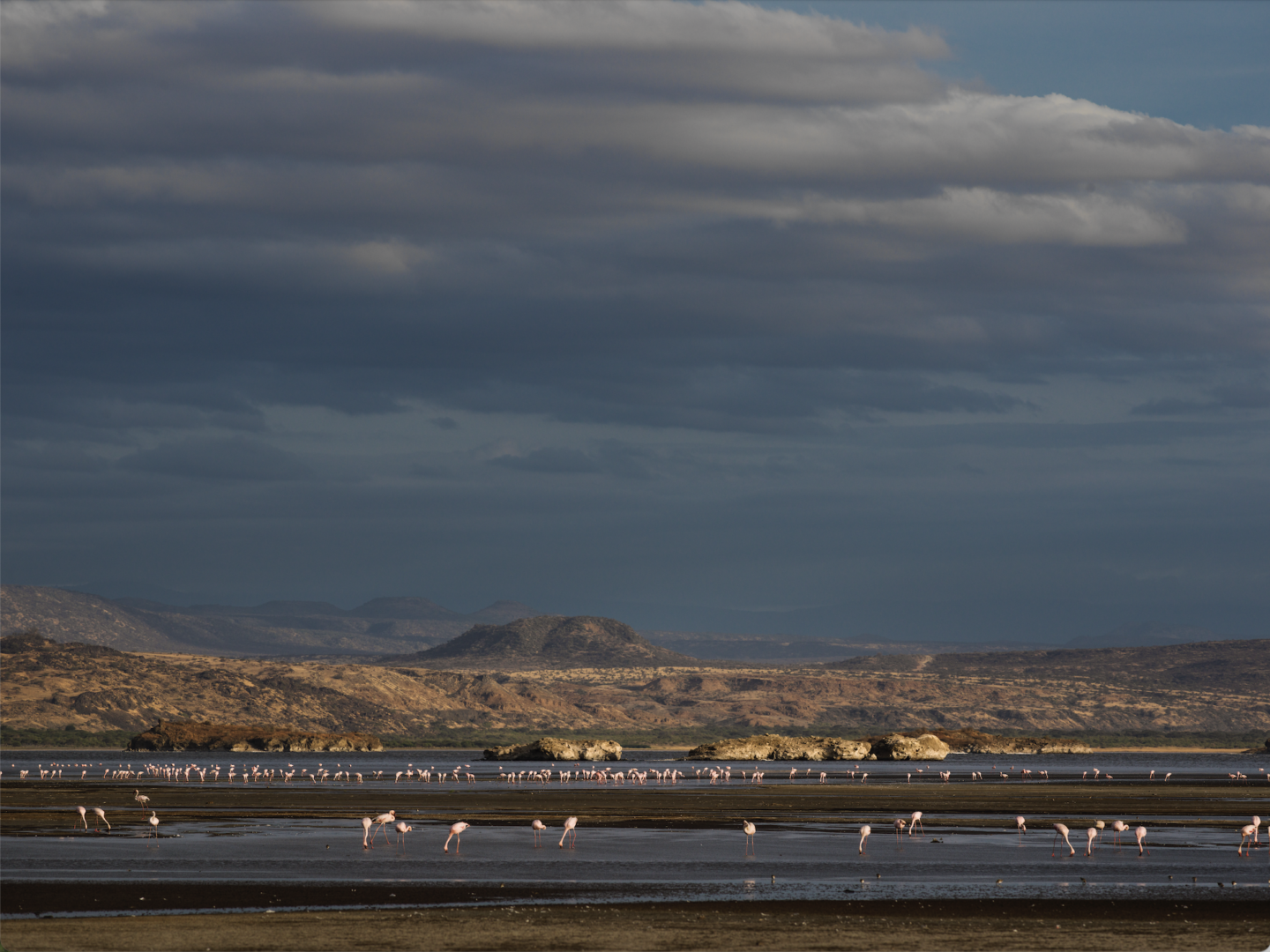
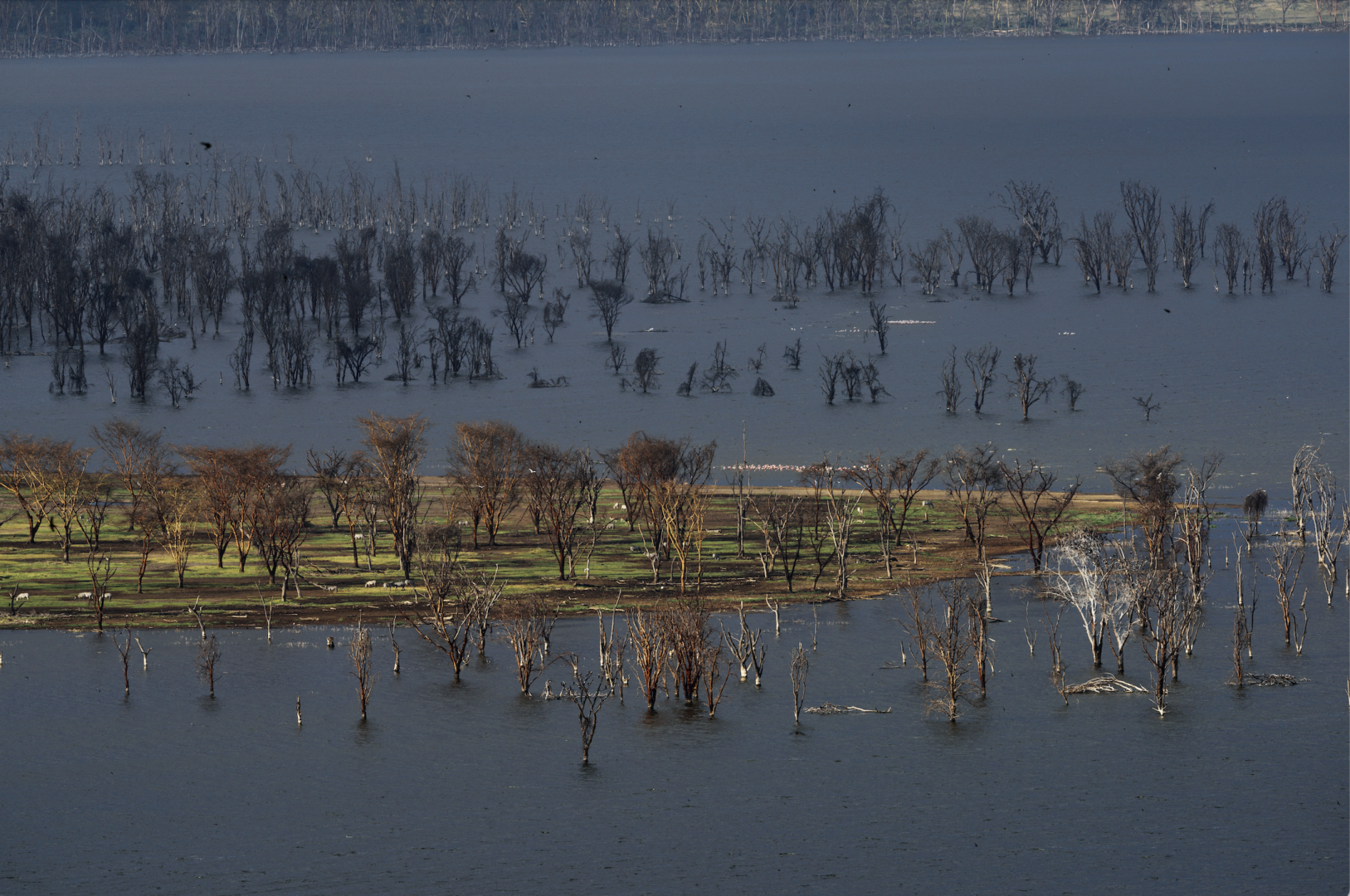
Piping Plover (Charadrius melodus)
It is a rare privilege to see a Piping Plover. These tiny shorebirds are one of the most at-risk bird species in North America. They spend their summers along sandy and gravel beaches on the North American Atlantic Coast, Great Lakes, Great Plains and Prairies, after their long, yearly migrations from their overwintering sites.
The endangered Great Lakes (subspecies circumcinctus) and the threatened Atlantic Coast populations (subspecies melodus) (US Fish and Wildlife Service designations) are well camouflaged as they move amongst sand and stone. The open beach habitat used for nesting and rearing the young, incurs challenges from development, easy predation, and increased intensity of storms, all of which foster continued Piping Plover population declines, throughout its range. If we spot a banded Piping Plover and can record and report details on the tags, the information will give researchers more insight into their life cycle and how we can help protect them.
